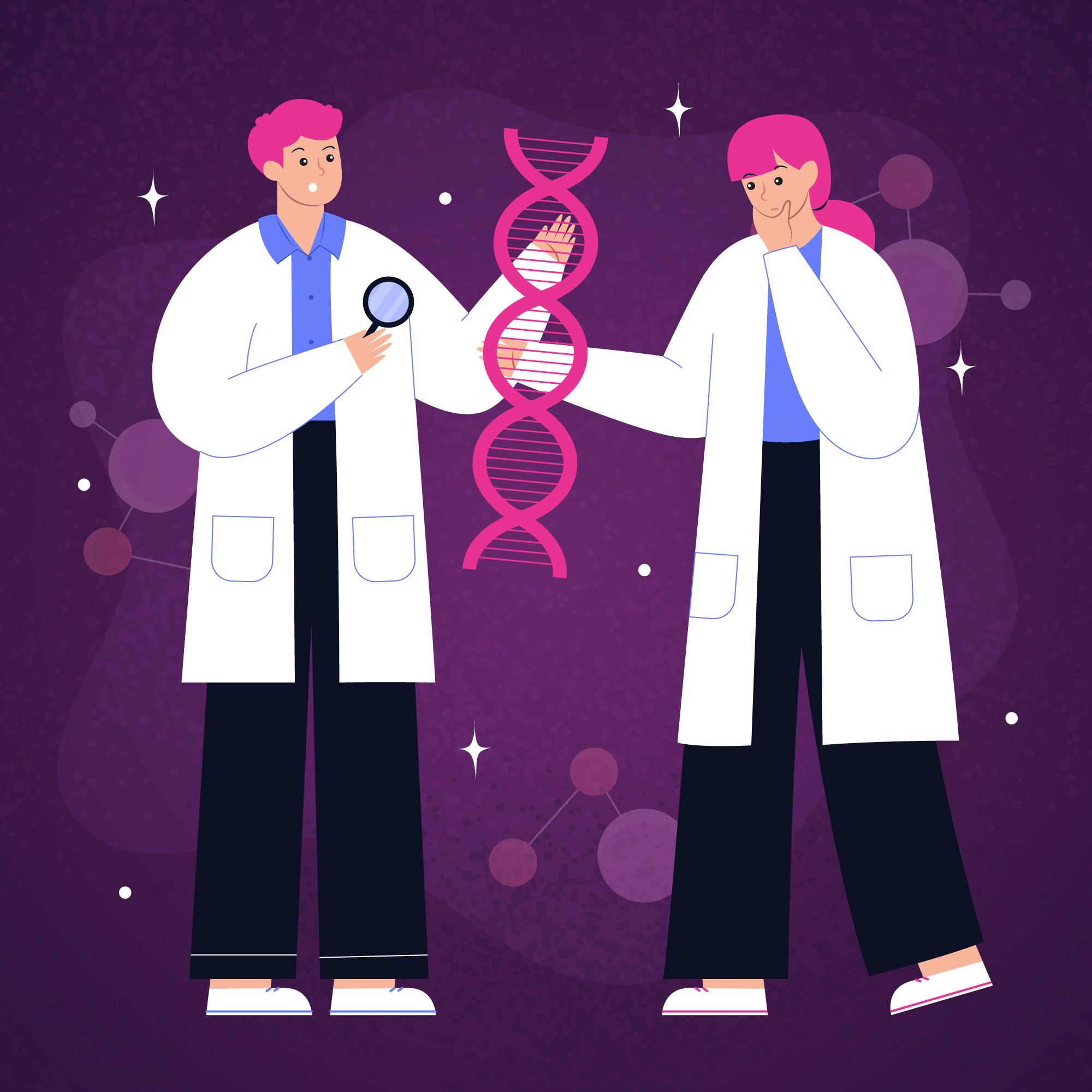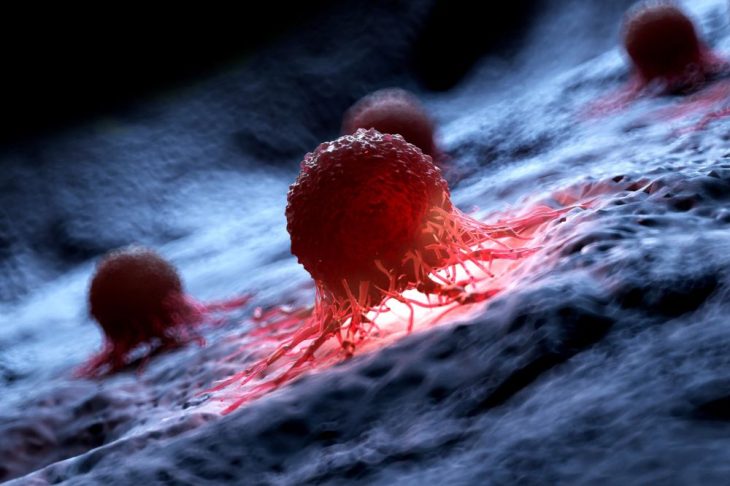
Genetic Screening in Hereditary Breast and Ovarian Cancer Syndrome (HBOC)
Hereditary Breast and Ovarian Cancer Syndrome (HBOC) is a genetic condition significantly increasing the risk of developing breast and ovarian cancer. The syndrome is primarily caused by mutations in the BRCA1 and BRCA2 genes, which generally function to suppress tumour growth.
Genetic screening plays a crucial role in identifying individuals who carry these mutations. The process typically involves a blood test to analyze the DNA for the presence of specific genetic alterations. If a mutation is detected, individuals are categorized as high-risk and can benefit from various preventative measures.
Early detection is key in managing HBOC. Genetic screening can facilitate early identification of individuals at risk, enabling proactive measures such as increased surveillance, chemoprevention, and prophylactic surgeries like mastectomies and oophorectomies. These interventions can substantially reduce the risk of developing cancer and improve survival rates.
Genetic counselling is an integral part of the screening process. It helps individuals understand the implications of the test results, assess their risk, and make informed decisions regarding their health. Counsellors provide information about inheritance patterns, risk factors, and available management options, empowering individuals to take control of their health.
Hereditary Breast and Ovarian Cancer Syndrome (HBOC) is a genetic condition significantly increasing the risk of developing breast, ovarian, and other cancers. The syndrome is primarily caused by mutations in the BRCA1 and BRCA2 genes, which are tumour suppressor genes responsible for repairing damaged DNA.
BRCA1 and BRCA2: The Guardians of DNA
- BRCA1 (Breast Cancer gene 1) and BRCA2 (Breast Cancer gene 2) are essential for maintaining the integrity of the genetic code. They function as tumour suppressors by identifying and repairing DNA damage, thereby preventing the uncontrolled growth of cells that can lead to cancer.
- Mutations in these types of genes can disrupt their normal function, leaving cells vulnerable to accumulating DNA damage and increasing the likelihood of cancerous transformations. BRCA1 or BRCA2 mutations are associated with a raised risk of developing breast, ovarian, and other cancers in individuals.
Early detection is critical in managing HBOC. Genetic screening can facilitate early identification of individuals at risk, enabling proactive measures such as:
- Increased surveillance: More frequent screenings and imaging tests to detect cancer at its earliest stages.
- Chemoprevention: Medications to reduce the risk of developing cancer.
- Prophylactic surgeries: Surgical removal of breasts (mastectomies) or ovaries and fallopian tubes (oophorectomies) to significantly reduce cancer risk.
- Genetic counselling: Guidance and support to understand test results, assess risks, and make informed decisions about their health and family planning.
The Importance of Family History
Genetic screening for HBOC is not only beneficial for individuals who test positive but also for their family members. If a mutation is found in one family member, it raises the possibility of other relatives carrying the same mutation. This knowledge can prompt family members to undergo testing and take appropriate preventative measures, creating a ripple effect of cancer prevention within families.
In conclusion, genetic screening is essential in the fight against HBOC. It enables early detection, personalized risk assessment, and targeted preventative measures, ultimately reducing the burden of breast and ovarian cancer in families predisposed to the syndrome.


